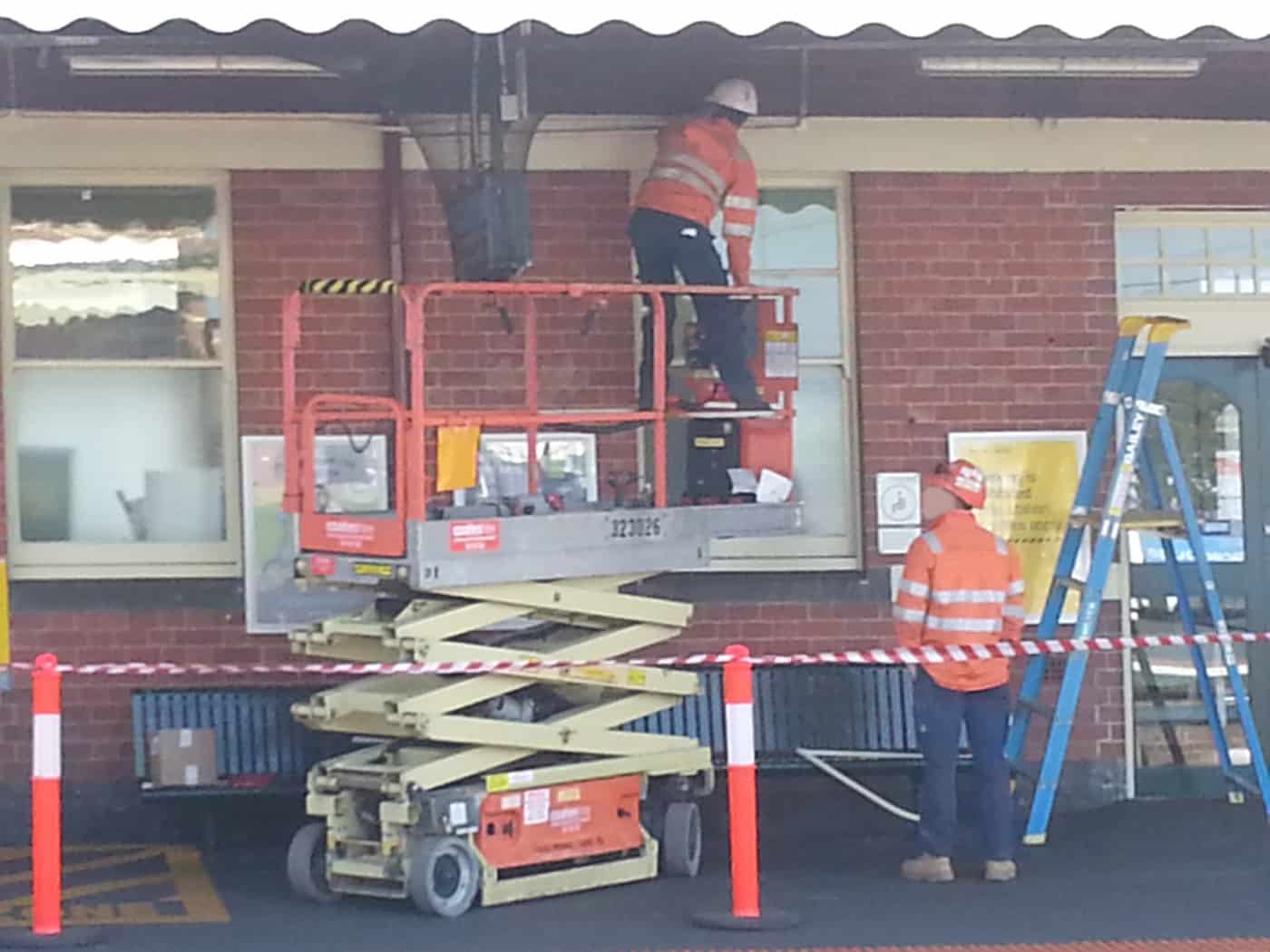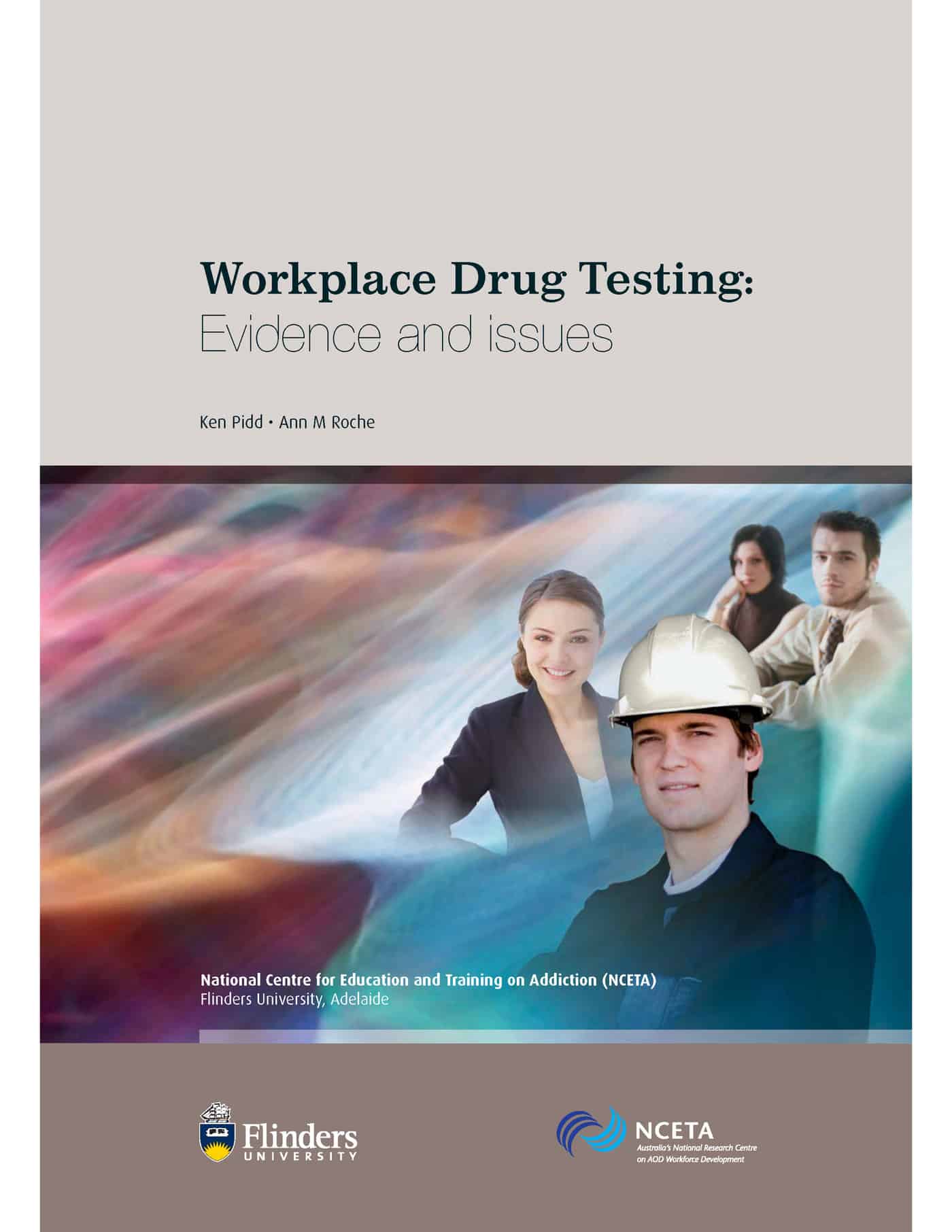Recently an Australian law firm, Herbert Smith Freehills, conducted a series of seminars that provided a different perspective on issues related to workplace mental health and safety.
Category: risk
Scissor Lifts and safety

Workers in scissor lifts often step on railings or overreach placing themselves at risk of falling. These actions are contrary to the use of plant as usually recommended by manufacturers and to the usual requirements in an occupational health and safety (OHS) management plan for working in the rail environment.
The actions in these photographs occurred on a Melbourne railway station and in an industry that this author has worked in for the last six years. Photographs never show the entire facts of a situation and there are many assumptions and what-if scenarios about which these photos could, and should, start discussions. The following discussion of occupational health and safety management issues focuses on the facts presented by the photos*.
Safety learnings from construction

I have recently finished some years of full-time work as a safety adviser on a range of construction projects in Australia and below is a list of some of what I have learnt (in no particular order).
Ask questions
People may initially think you are an idiot but, if you are genuinely interested, they will explain what they are doing (usually with some pride in their tone) and offer suggestions of how to do it better or safer.
Follow through
If you have said that you will look into an issue or provide additional information, do it. If you do not, your credibility with the worker you were talking with and, likely, their supervisor and workmates, is gone.
Drug and alcohol testing does not improve workplace safety, so why have it?
 Testing for drug and alcohol effects in workplaces sounds sensible but what do you do when there is no evidence that it improves worker safety or reduces risk? Apparently ignore the evidence, create industrial tension and impose unnecessary costs on industry.
Testing for drug and alcohol effects in workplaces sounds sensible but what do you do when there is no evidence that it improves worker safety or reduces risk? Apparently ignore the evidence, create industrial tension and impose unnecessary costs on industry.
The Australian national government and the Victorian (State) government have both pledged to introduce drug and alcohol testing for the construction sector. The Victorian Government also promised to introduce drug and alcohol testing for parliamentarians but everyone expects a backdown on that election pledge.
Recently two researchers in Adelaide, Ken Pidd and Anne Roche published a research paper in Accident Analysis & Prevention asking “how effective is drug testing as a workplace safety strategy?“. The abstract states:
“…the evidence base for the effectiveness of testing in improving workplace safety is at best tenuous.”
Workplace resilience gets a kicking
The Age newspaper has published a feature article entitled “Workplace resilience: It’s all a great big con“. Although it does not mention occupational health and safety (OHS) specifically, it is applying the OHS principle of addressing the causes of workplace injury and ill-health. It says that workplace resilience and similar training courses and strategies:
“… can’t overcome the structural realities and power imbalances that characterise the employment relationship. “Workplace resilience” might help us bear up to stress, but it won’t solve its underlying causes. And the causes of workplace unhappiness don’t necessarily reside in the individual and their own ability to “be resilient” or “relax” – they are part of the economic structures within which we work.”
Poorly planned safety risk registers can be painful

One of the most neglected occupational health and safety (OHS) management tools in Australian workplaces is the safety risk register even though they fit well with the renewed emphasis on OHS Due Diligence.
Every OHS professional dreads
Front page drug testing article is marketing
An article last week touched briefly on the issue of the effect of synthetic drugs in the workplace in the context of drug and alcohol testing. The Australian newspaper on 28 September 2015 contained a front page article (paywalled) about mining company concerns over synthetic drugs at work, however it is an article that deserves greater analysis before anyone considers this as part of an evidence base as it is creatively constructed and relies on statements from a toxicologist working for drug testing laboratory. Continue reading “Front page drug testing article is marketing”
